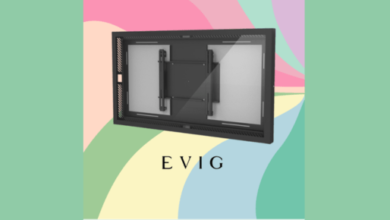The Role of UX/UI Design in Software Success

In today’s digital landscape, where user experience (UX) and user interface (UI) play pivotal roles in determining the success of software applications, the art of designing intuitive, visually appealing, and user-centric interfaces has never been more important. UX/UI design isn’t just about aesthetics; it’s about creating seamless and satisfying interactions that keep users engaged and satisfied.
Understanding UX and UI
User Experience (UX) refers to the overall experience a user has while interacting with a product or service. It encompasses everything from the user’s initial impressions to their ease of use, efficiency, and satisfaction. On the other hand, User Interface (UI) design focuses on the visual layout and elements through which users interact with a product.
The Importance of User-Centered Design
At the heart of successful UX/UI design is putting the user at the center of the process. Understanding user needs, preferences, and pain points is crucial for creating interfaces that are not only visually appealing but also functional and effective. Design decisions should be guided by empathy and data, resulting in interfaces that are intuitive and enjoyable to use.
Creating Intuitive Interfaces
A key goal of UI design is to create interfaces that are easy to understand and navigate. Elements such as buttons, menus, and navigation bars should be placed logically, following user expectations. The design should guide users through their tasks seamlessly, minimizing confusion and frustration.
Visual Aesthetics and Branding
While functionality is paramount, aesthetics also play a significant role in UX/UI design. Consistent visual elements, color schemes, and typography contribute to a cohesive and memorable user experience. The design should also align with the brand’s identity, reinforcing its values and personality.
Responsiveness and Accessibility
In an era where users access software on a variety of devices and screen sizes, responsiveness is crucial. Applications should adapt gracefully to different screen sizes without sacrificing functionality or user experience. Furthermore, accessibility features ensure that all users, including those with disabilities, can interact with the software effectively.
Iterative Design and User Feedback
The process of UX/UI design is rarely linear. Iterative design involves creating prototypes, testing them with users, gathering feedback, and making improvements based on that feedback. This iterative approach ensures that the final product aligns closely with user needs and preferences.
Mobile App Design Considerations
With the rise of mobile applications, mobile UI design has become a distinct field. Mobile apps require interfaces that are optimized for touch interactions, with simplified navigation and intuitive gestures. Mobile UI design also takes into account the limited screen real estate available on smartphones and tablets.
Impact on Business Success
UX/UI design directly influences user satisfaction, retention, and engagement. A well-designed interface can lead to increased user adoption, positive reviews, and referrals, while a poor experience can result in users abandoning the application. In today’s competitive market, excellent UX/UI design can be a differentiator that sets a product apart.
The Future of UX/UI Design
As technology continues to evolve, so will the field of UX/UI design. Trends such as voice interfaces, augmented reality, and AI-driven interactions are reshaping the way users interact with software. Designers will need to stay attuned to these developments and adapt their skills to create interfaces that harness the potential of emerging technologies.
Conclusion
The fusion of UX and UI design is a powerful force that shapes the way we interact with software. It’s more than just crafting visually appealing interfaces; it’s about understanding users, empathizing with their needs, and creating experiences that enhance their lives. From intuitive navigation to visual aesthetics, every detail matters in the world of UX/UI design. As technology continues to advance, the role of designers in crafting meaningful and delightful user experiences will remain as important as ever.



